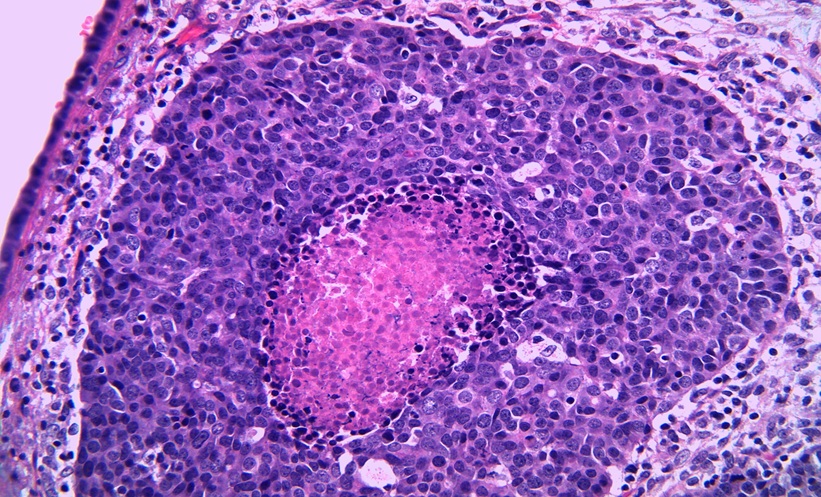A RECENT study has uncovered promising insights into histologic variant (HV) bladder cancers, rare and aggressive forms found in up to 25% of all bladder tumours. Unlike typical urothelial carcinoma (UC), HVs are notoriously difficult to treat and often respond poorly to standard therapies. This new research, using single-cell RNA sequencing (scRNA-seq), sheds light on the molecular complexity of HVs and reveals potential avenues for targeted treatment.
The study identified a distinct cancer cell population, labelled “Cluster 13”, present across several HV subtypes. These cells express CA125, a protein commonly linked with ovarian and pancreatic cancers. Notably, CA125+ cells were found in both primary and metastatic HV tumours, and patients with HVs exhibited higher serum CA125 levels than those with pure UC tumours. This suggests that CA125 could serve as a useful biomarker for detecting and monitoring HV bladder cancers.
Cluster 13 cells were also found to be more resistant to conventional chemotherapy, including cisplatin and gemcitabine. However, they may be vulnerable to other treatments such as omipalisib and quizartinib, which are already approved for other indications. Another key finding was the high expression of TM4SF1, a surface protein that can be targeted using CAR T cell therapy. In mouse models, TM4SF1-directed CAR T cells produced strong anti-tumour responses with minimal side effects, highlighting a potential new treatment path.
This research represents the first scRNA-seq atlas of HV bladder cancers, demonstrating that rare and heterogeneous tumours can still share common, actionable molecular features. Though limited by small sample sizes, the study provides a foundation for future clinical trials and more personalised treatment strategies.
In sum, this study brings new hope for tackling HV bladder cancers through targeted therapies, with CA125 and TM4SF1 emerging as important biomarkers and therapeutic targets.
Reference
Yang H et al. Bladder cancer variants share aggressive features including a CA125+ cell state and targetable TM4SF1 expression. Nat Commun. 2025;16(1):5312.







